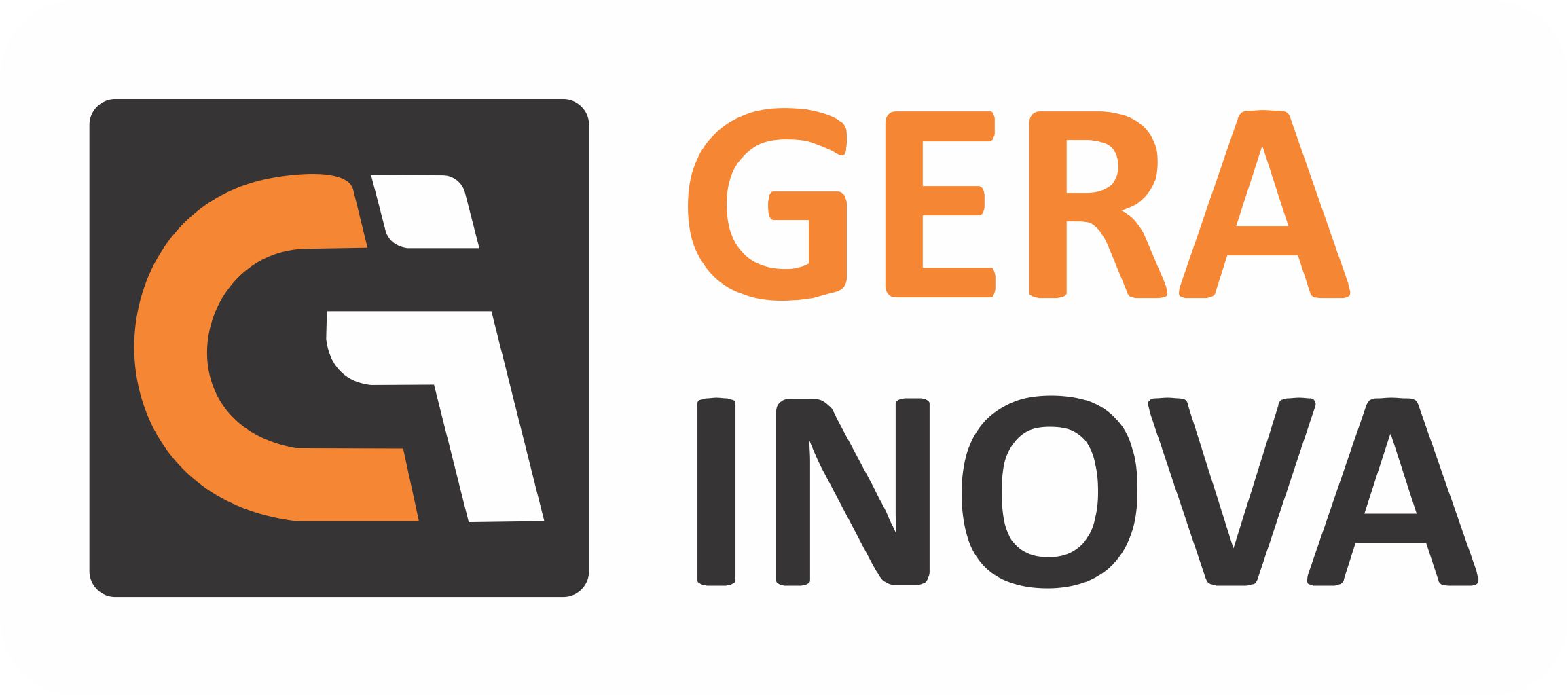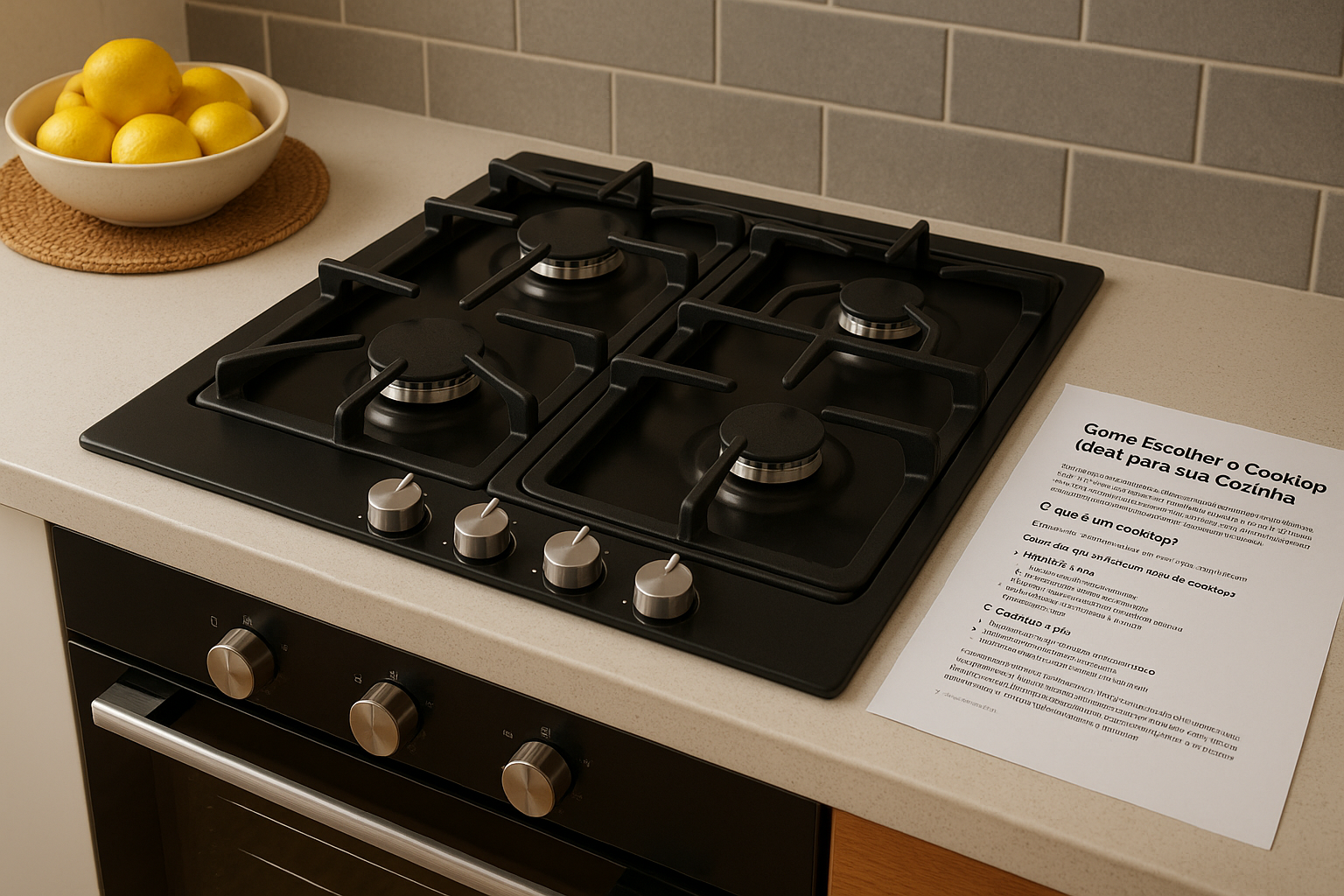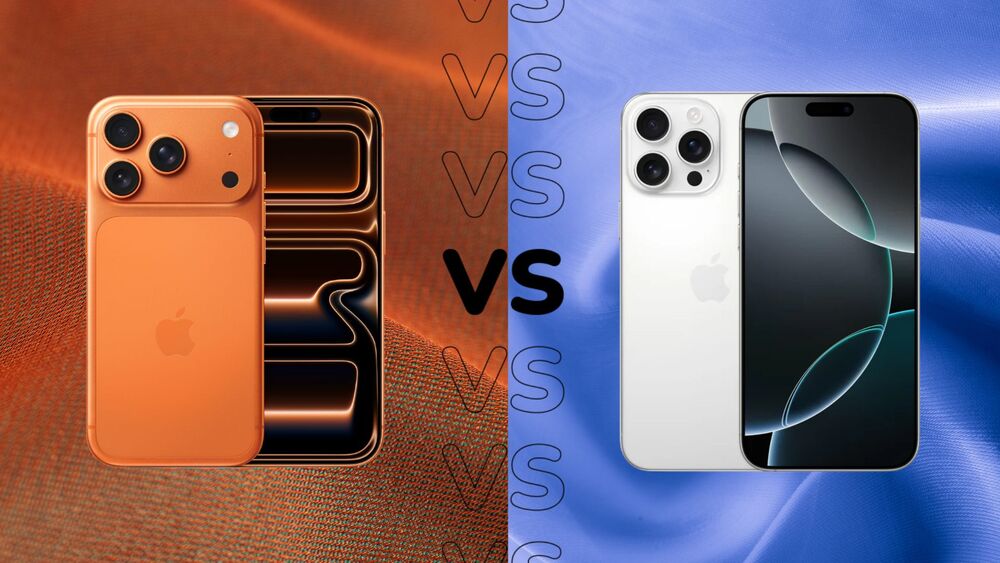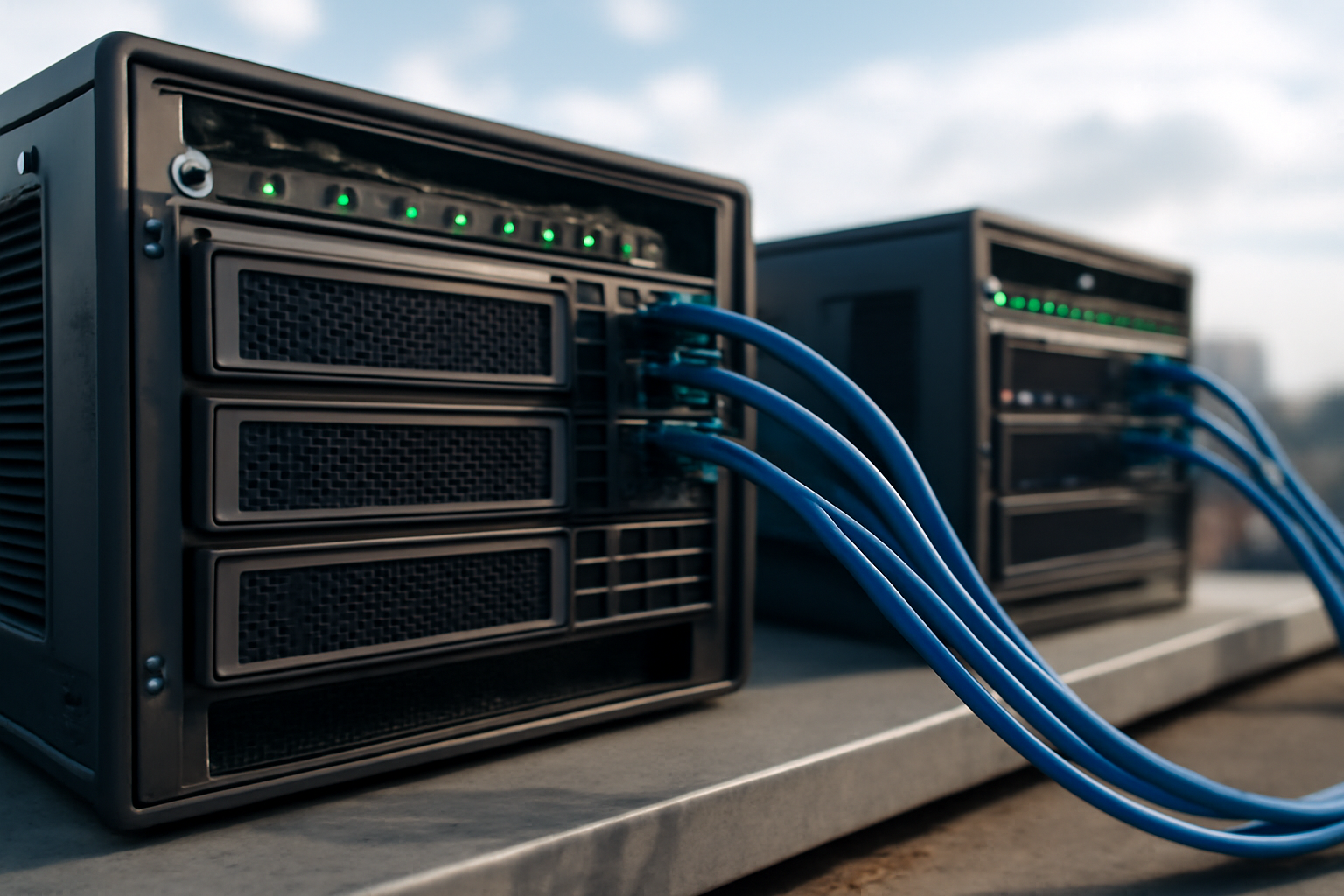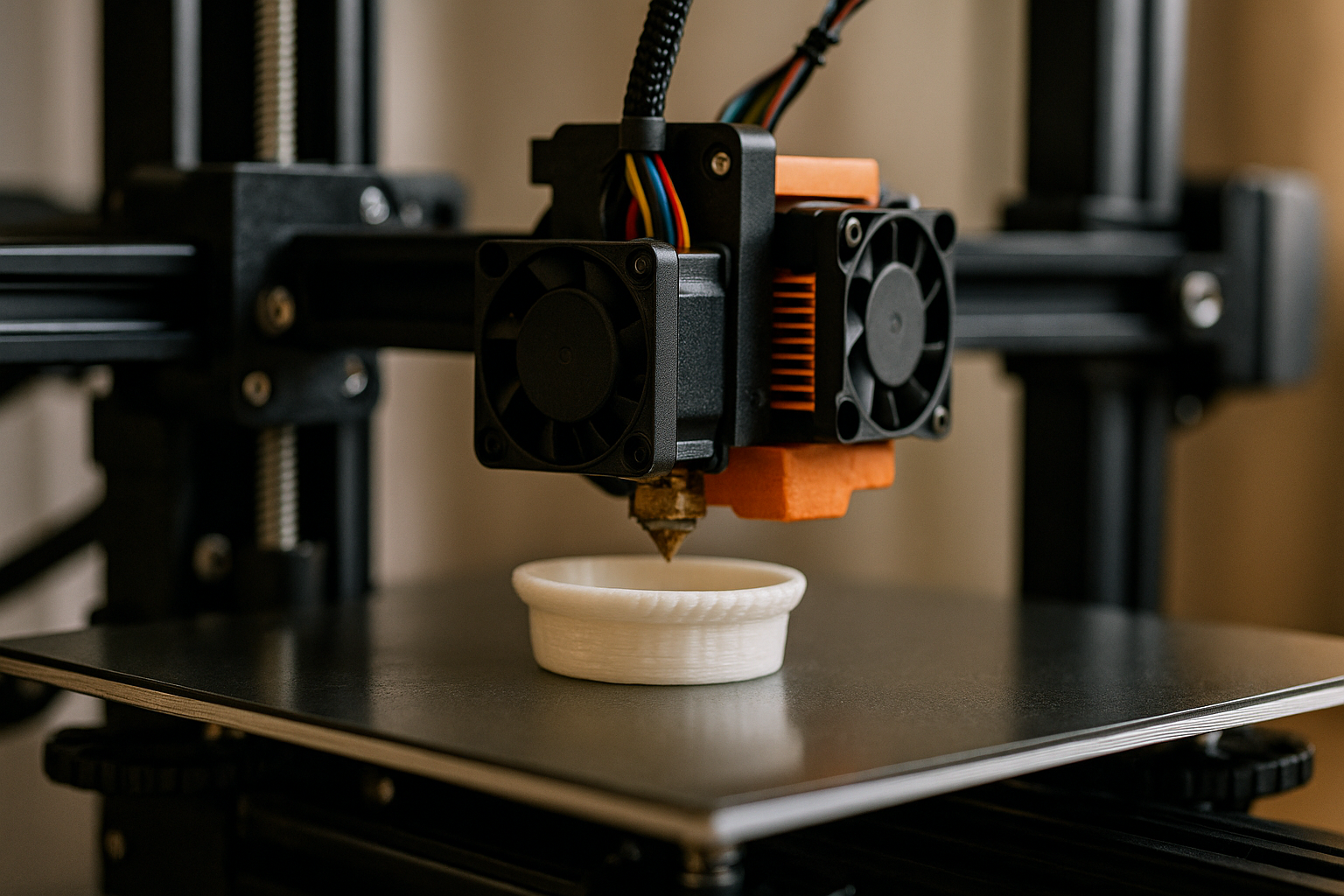The cooktop has become a favorite in modern kitchens. It replaces the traditional freestanding stove, bringing more sophistication, space-saving, and a contemporary touch to the environment. However, with so many models, technologies, and types available, a common question arises: how do you choose the ideal cooktop for your home?
In this complete guide, we’ll help you understand all the factors you should consider before making a purchase. That way, you ensure practicality, efficiency, and safety when preparing your meals.
What is a cooktop?
A cooktop is a type of stove that doesn’t include an oven and needs to be installed on a surface, such as a stone countertop or a custom cabinet. It’s an excellent choice for anyone looking for a more functional and customized kitchen. Plus, it’s easier to clean and helps optimize space.
Cooktops come in different types and sizes, varying according to:
- Energy source (gas, electric, or induction)
- Number of burners (2, 4, 5, or 6)
- Materials (tempered glass, stainless steel, ceramic glass)
- Brand, design, and extra features
Main Types of Cooktops
1. Gas Cooktop
This is the most traditional and popular model. It works with bottled gas (LPG) or piped gas (NG) and has automatic or manual ignition.
Advantages:
- Precise flame control
- Lower operating cost
- Fast cooking time
Disadvantages:
- Requires proper gas installation
- Less uniform heating compared to induction
Best for: those used to traditional stoves and looking for long-term savings.
2. Electric Cooktop
Runs on electricity and features heating elements that warm the bottom of the cookware.
Advantages:
- Easy to install (standard power outlet)
- Sleek, modern surface
- Even heat distribution
Disadvantages:
- Higher energy consumption
- Takes longer to cool after use
- Not compatible with all types of cookware
Best for: small spaces or users who want to avoid gas entirely.
3. Induction Cooktop
The most modern and safest option. It uses magnetic fields to directly heat the base of the cookware without heating the surface.
Advantages:
- Highly efficient and fast
- Increased safety (surface stays cool)
- Easy to clean
Disadvantages:
- Requires compatible (magnetic) cookware
- Generally more expensive
Best for: people who prioritize design, technology, and safety—especially in homes with children.
How to Choose the Ideal Cooktop: Key Criteria
1. Number of Burners
Choose based on your cooking habits:
- 2 burners: great for individuals or occasional cooking
- 4 burners: ideal for small families and daily use
- 5 or 6 burners: perfect for frequent cooks or those who prepare elaborate meals
2. Energy Source: Gas, Electric, or Induction
Consider what your kitchen is equipped for:
- Has a gas line? Go for gas.
- Prefer avoiding gas? Choose electric or induction.
- Want long-term energy savings and speed? Induction may be best.
3. Cookware Compatibility
If you’re going with an induction cooktop, check if your cookware is compatible. You can use the magnet test: if a magnet sticks to the bottom of the pan, it will work with induction.
4. Surface Material
- Tempered glass: sleek, heat-resistant, and easy to clean, but may scratch.
- Stainless steel: durable and scratch-resistant, but prone to stains.
- Ceramic glass: used in induction models; elegant and fast-heating.
5. Design and Aesthetic
Today, the cooktop is also a design element. You can find models in various colors, with touch controls or traditional knobs, and finishes that suit all kitchen styles—from rustic to ultra-modern.
6. Extra Features
Look for added convenience:
- Timer: to program cooking time
- Child lock: for safety in homes with children
- Touch controls: easier to clean and more modern
- Automatic ignition: common in most gas models
7. Brand and Technical Support
Choose well-known brands like Brastemp, Electrolux, Fischer, Philco, or Tramontina. Make sure the brand has authorized service near you and that replacement parts are easy to find.
8. Size and Installation Space
Measure carefully the countertop where the cooktop will be installed. Also, consider ventilation space and clearance around it. Many models follow standard dimensions, but custom kitchens require precision.
Is Buying a Cooktop Worth It?
Absolutely! A cooktop offers several advantages, including:
- Better space optimization
- Sleek, modern look
- Easier to clean
- Personalized kitchen layout
However, remember that since cooktops don’t include an oven, you’ll need to buy a separate one if you use an oven regularly.
Final Thoughts: Cook with More Style, Efficiency, and Safety
Choosing the right cooktop goes beyond just appearance. You need to consider your lifestyle, available space, kitchen infrastructure, and of course, your budget.
With the information in this guide, you’re now ready to make an informed decision and turn your kitchen into a more practical and stylish space. After all, cooking should be an enjoyable and safe experience.
